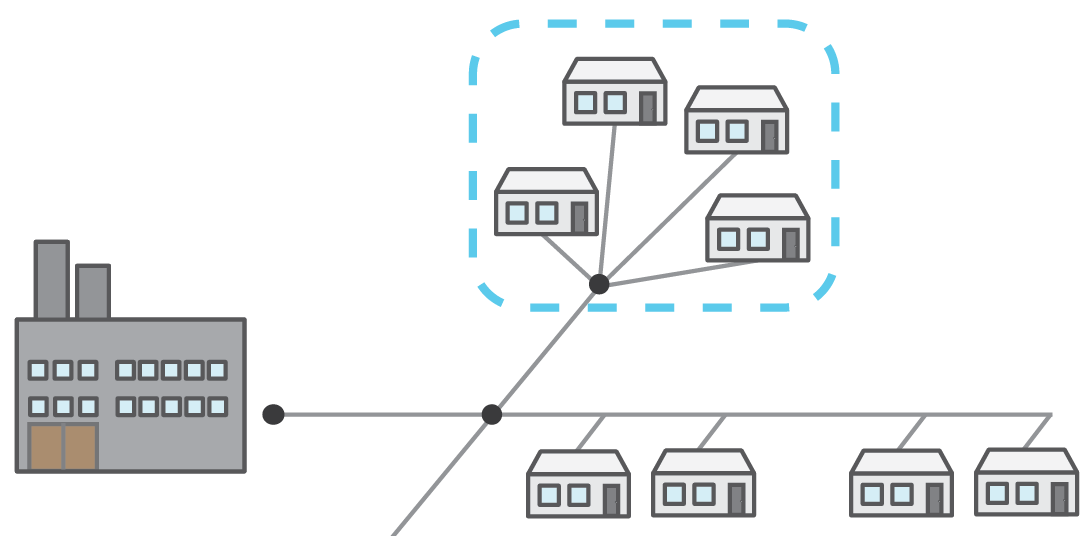The National Electricity Market (NEM) has been traditionally set up as a two sided market which allows for participation from the Supply Side and the Demand Side. With the rapid and continuous uptake of distributed generation and storage, the terminology and regulatory framework surrounding the “two sided” approach will have to change significantly. This article examines some of the market mechanisms recently established to increase participant flexibility.
Embedded Networks
An Embedded Network is a small distribution network operated by a private entity. They are used in situations where there are many users consuming energy within a single building or complex, such as shopping centres, housing estates, educational campuses, large apartment blocks, retirement villages, industrial complexes, and so on. Exemptions can be obtained from the Australian Energy Regulator to allow the Embedded Network Provider (ENP) to operate as both a network service provider and an energy retailer. The Embedded Network market mechanism allows for the ENP to negotiate a much better rate from energy retailers since the aggregation of multiple end users under the single entity reduces the service effort and risk profile. This rate benefit can then be passed to the end users or can serve as a revenue stream for the ENP (which may be an asset manager, property developer, community council, etc.). Many Embedded Networks also choose to install distributed (often renewable) energy generation on their networks in order to reduce the amount of energy that must be purchased from their electricity retailer. This further reduces their costs and increases the end user benefit and/or profit as an ENP. For the same reason, it is envisaged that ENPs will also begin to install energy storage systems for load shifting and peak demand reduction.
Featured: NECA News (March-April 2016), AIE Energy News (Volume 34, Number: 1)

